We followed a lost railway line to the door of a cosy country pub
Sliding down a wet, leaf-strewn embankment on my backside, I once again found myself questioning why I don’t pay more attention to the path I am following on these occasional countryside rambles.
A few minutes earlier it had dawned on me that I was heading towards a dead end. A quick glance at the OS map revealed I’d missed the point where the Elham Valley Way deviated to the left.
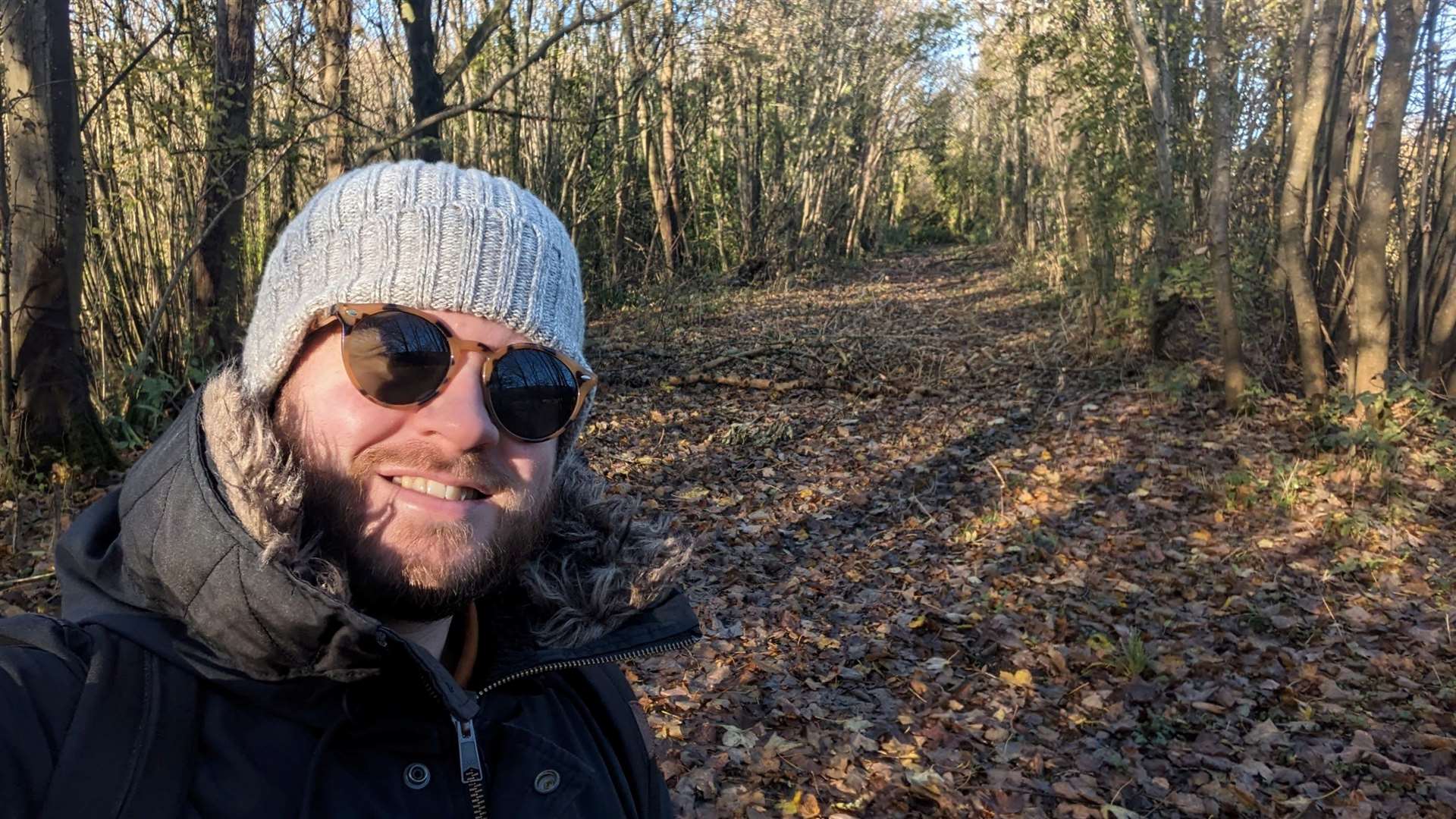
After retracing my steps, I spotted the path below and judged it easy enough to scramble down to it – wrongly, as it proved. The wintry sun might have been rising in clear blue skies overhead, but underfoot the recent heavy rains were still very much in evidence.
I’ll blame my wandering off the trail on the fact that this first leg of my six-mile walk – looking for remnants of the lost Elham valley railway line – follows the arrow-straight route of the former tracks as it climbs towards Etchinghill. I had also been a bit distracted by the need to clamber over fallen trees blocking the way, presumably brought down in the recent storms.
My walk started in the village of Newington, situated at the western edge of the Channel Tunnel terminal, where I picked up the route of the Elham Valley Way. The aim was to walk northward through the valley, roughly tracing the route of the lost branch line which closed in 1947. Although much of the infrastructure carrying trains between Folkestone and Canterbury is long gone, I was hoping to spot any remaining traces on the way to Elham via Etchinghill and Lyminge.
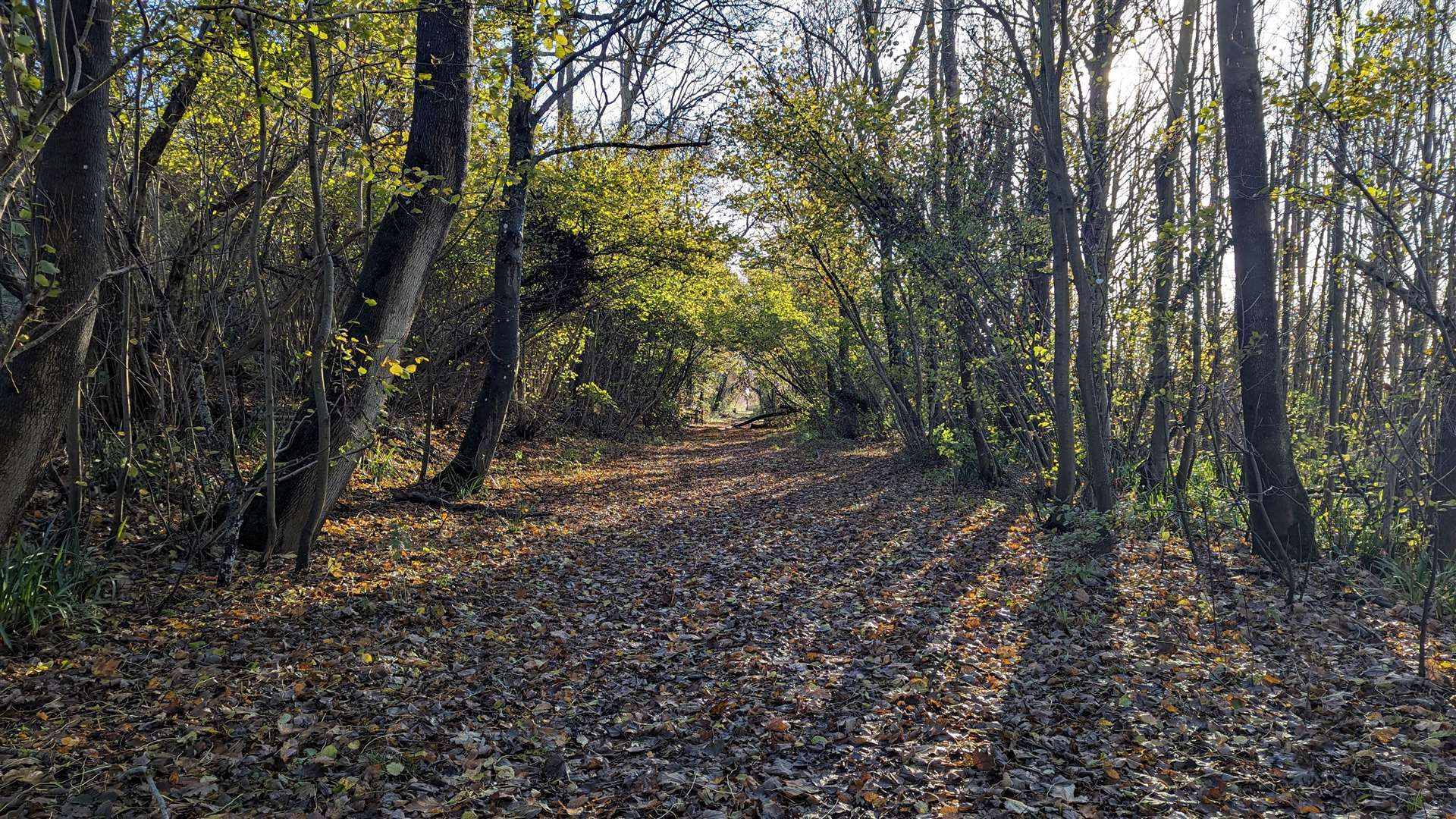
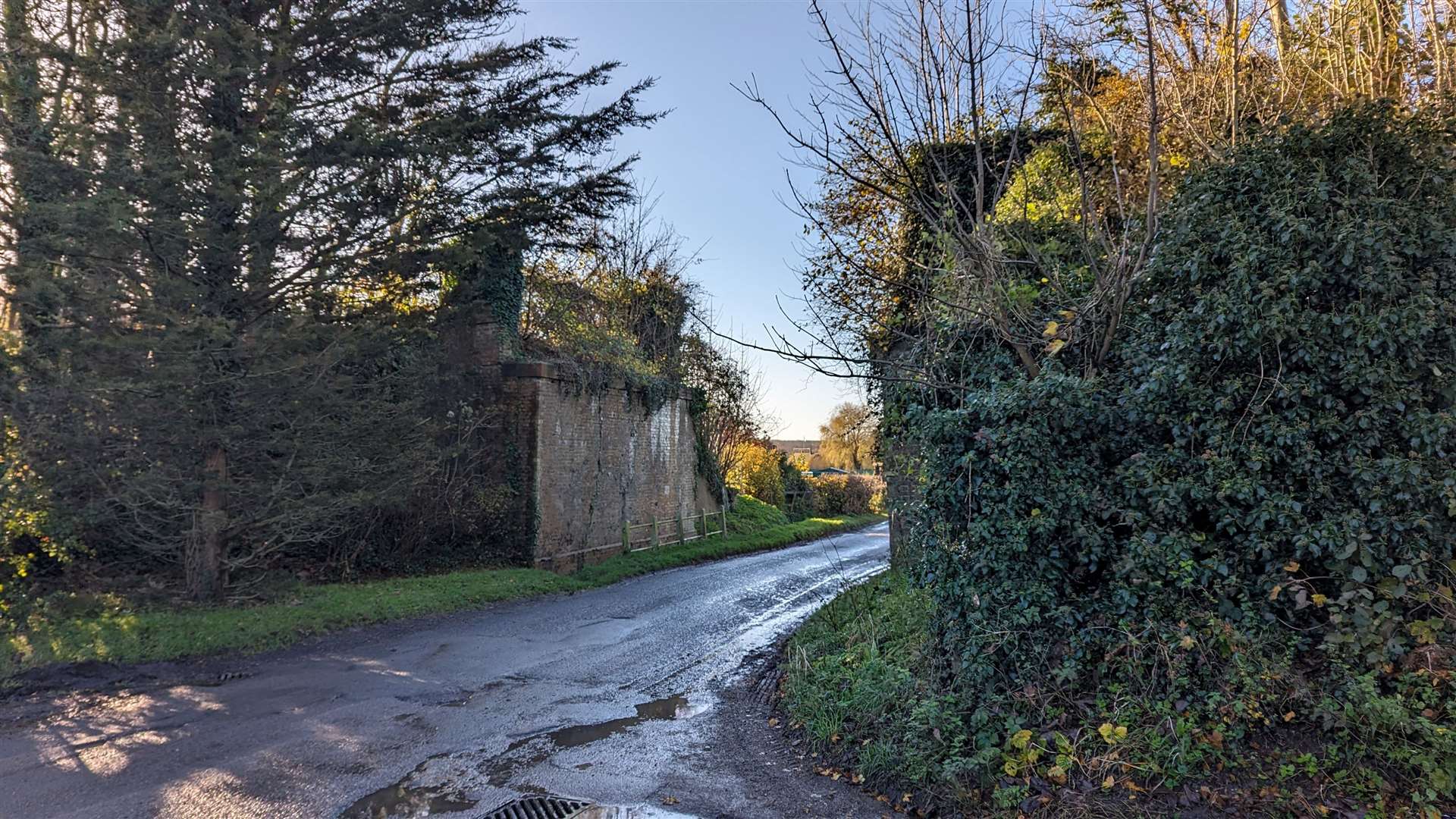
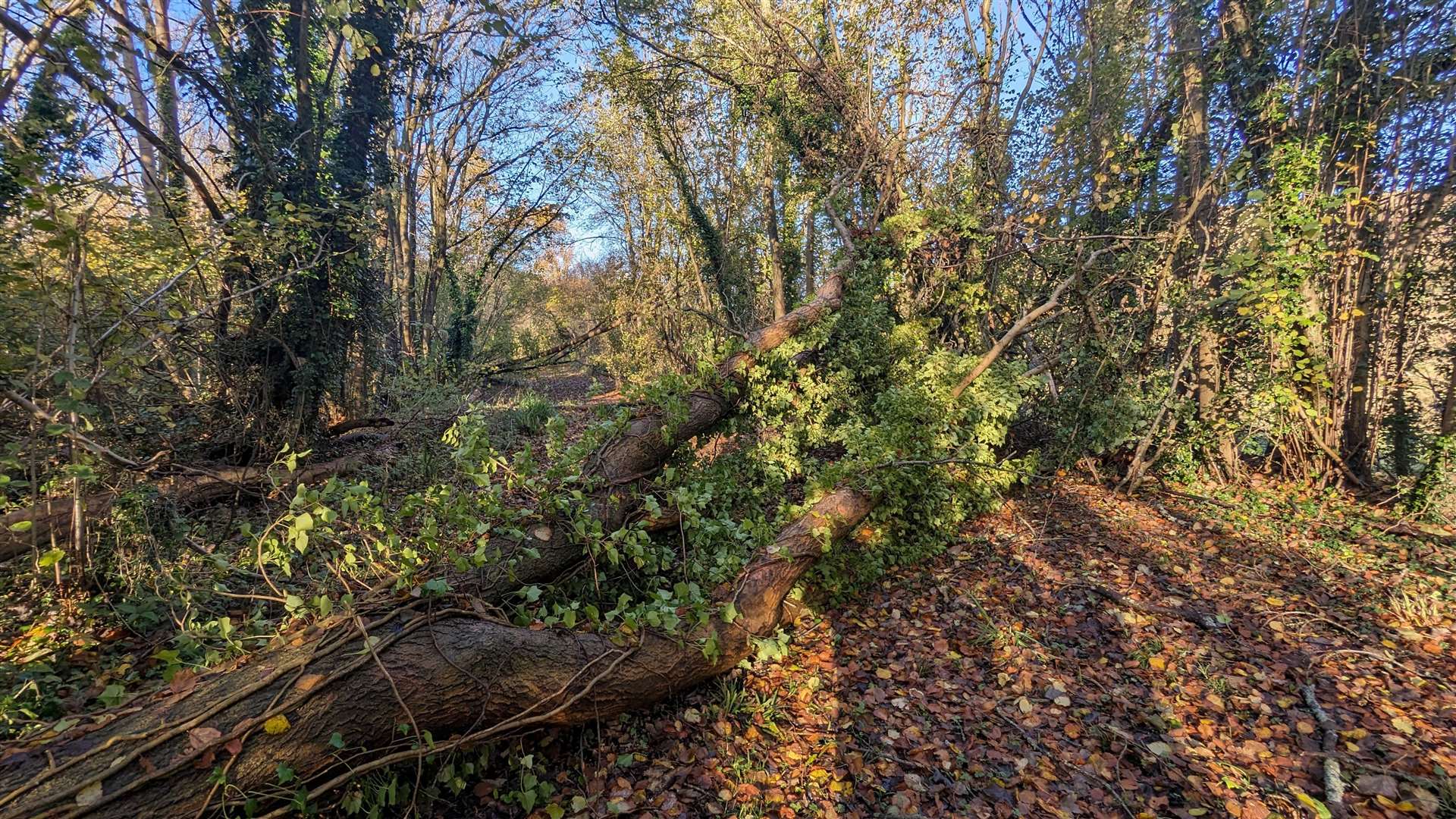
Opened in the late Victorian era, the railway through the valley was never a great commercial success, serving a series of rural villages with minimal demand and later unable to compete with the eventual introduction of bus services linking these communities.
During the Second World War, the line was used for the deployment of huge rail-mounted guns, the heaviest an 18-inch railway howitzer nicknamed the ‘Boche Buster’, but after being returned to commercial operation by the War Department the route was no longer viable and it shut completely little more than two years after the conflict was brought to an end.
After walking through Newington, I got my first sight of the former railway in the shape of a now-incomplete bridge over the road. Here my path turned towards the east and the long, straight walk along the former track bed towards the hills and the slow incline up to Etchinghill.
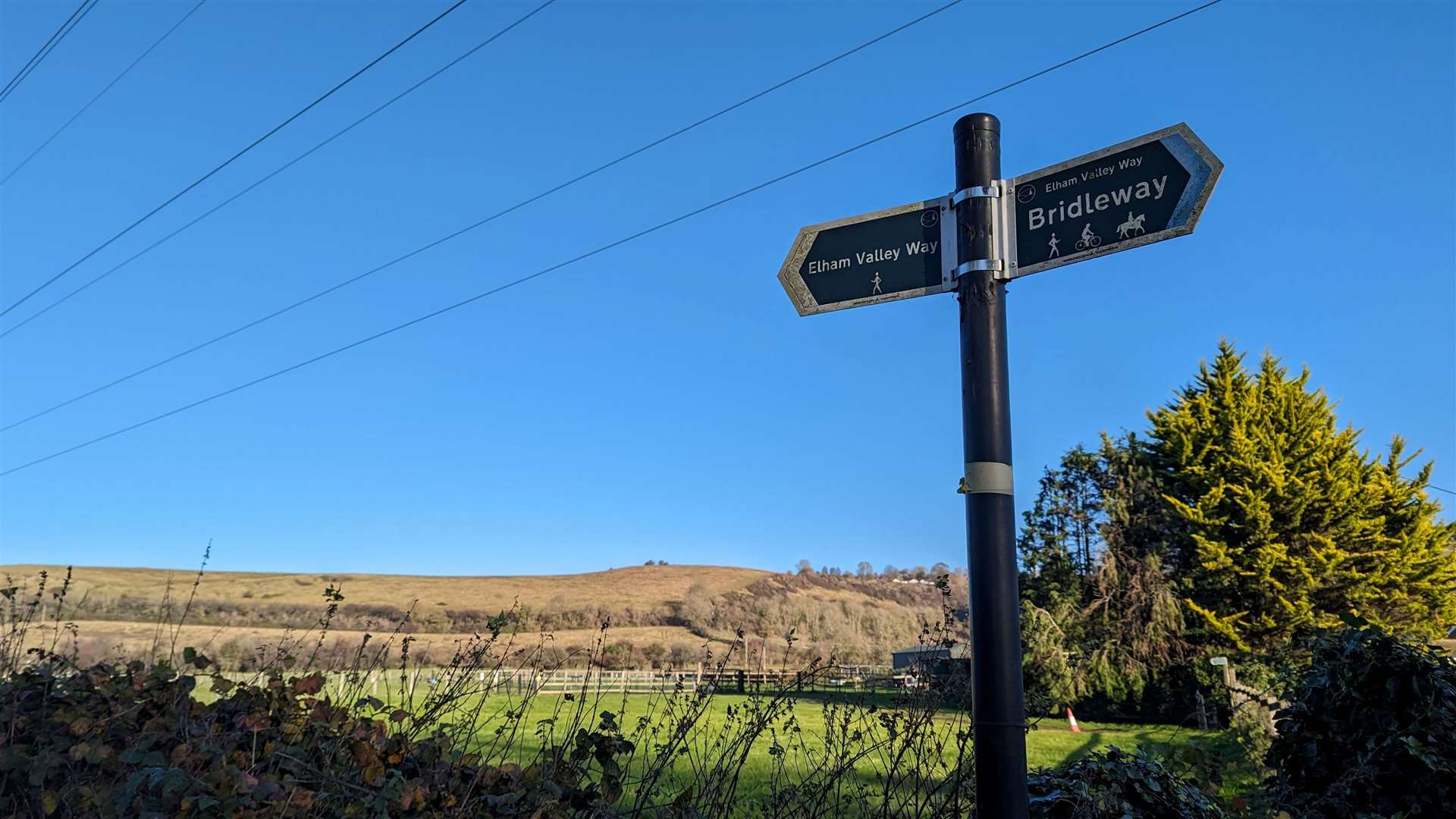
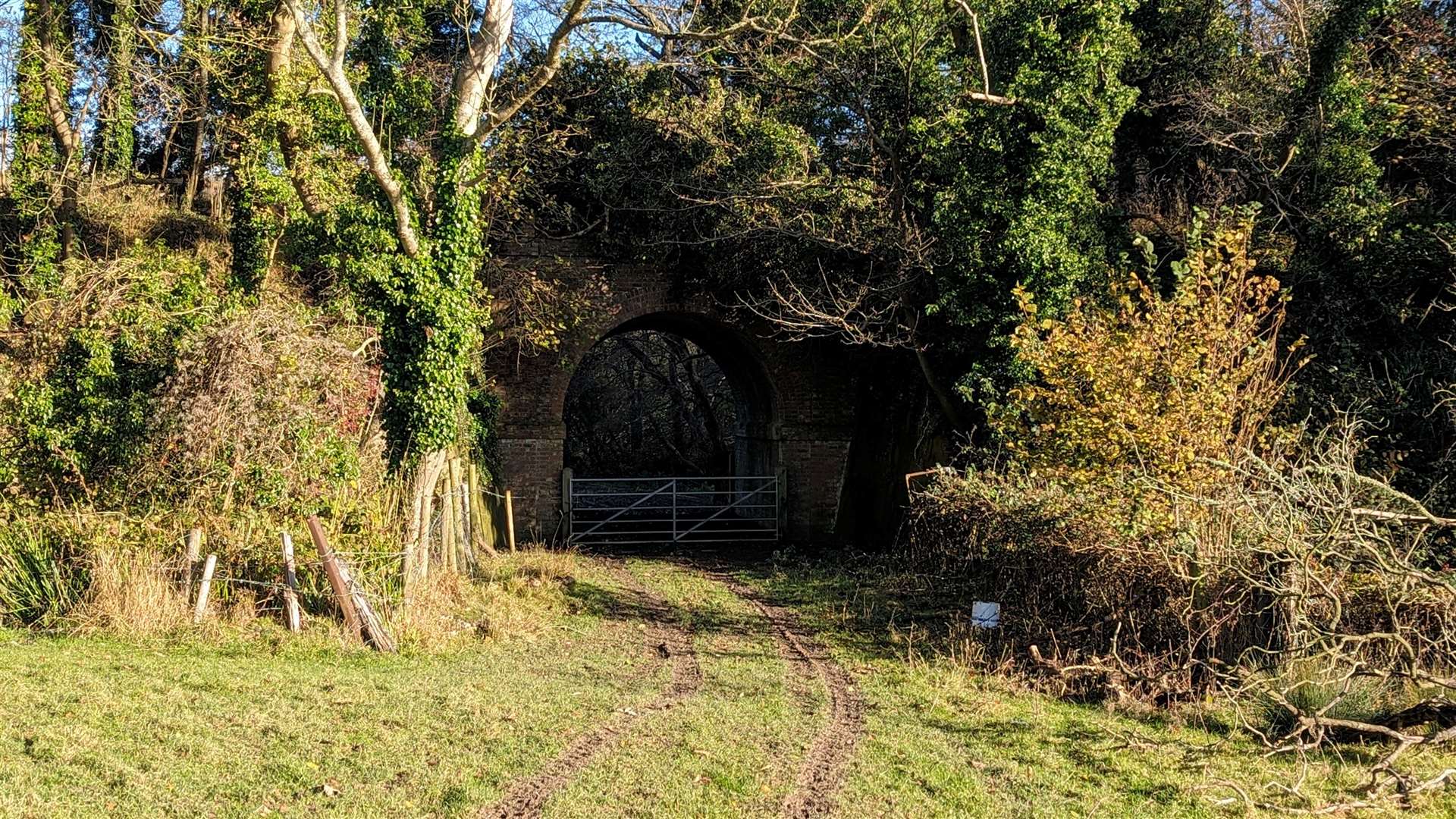
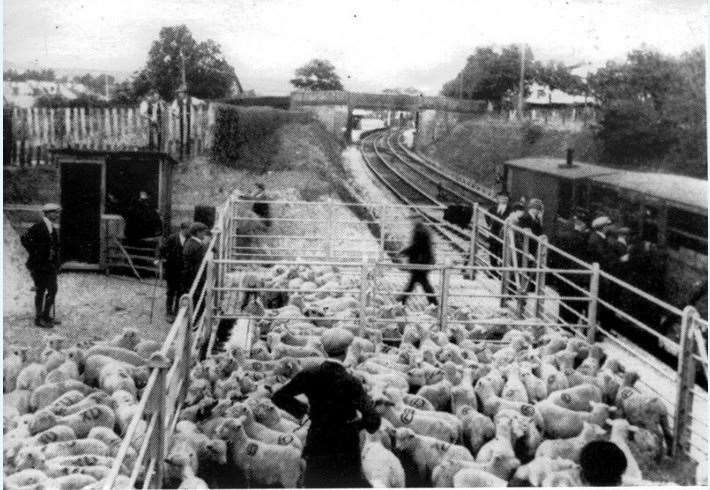
Having brushed myself down following my rather undignified slide down the embankment, I picked up the path which leads across fields and up towards the main road leading into Etchinghill. Here I got another glimpse of the architecture of the railway, a path leading through a tunnel below the former line.
Taking the main road through the village – still served by those buses that contributed to the demise of the railway in these parts – I then took the footpath across Etchinghill golf course, which leads back to the road into Lyminge.
It’s here that you can see perhaps the best-preserved reminder of the days when steam trains plied this route, in the form of the former Lyminge station. Approaching from Station Road, you come to the station building, which I suspect looks much as it would have done during the heyday of the Elham valley line.
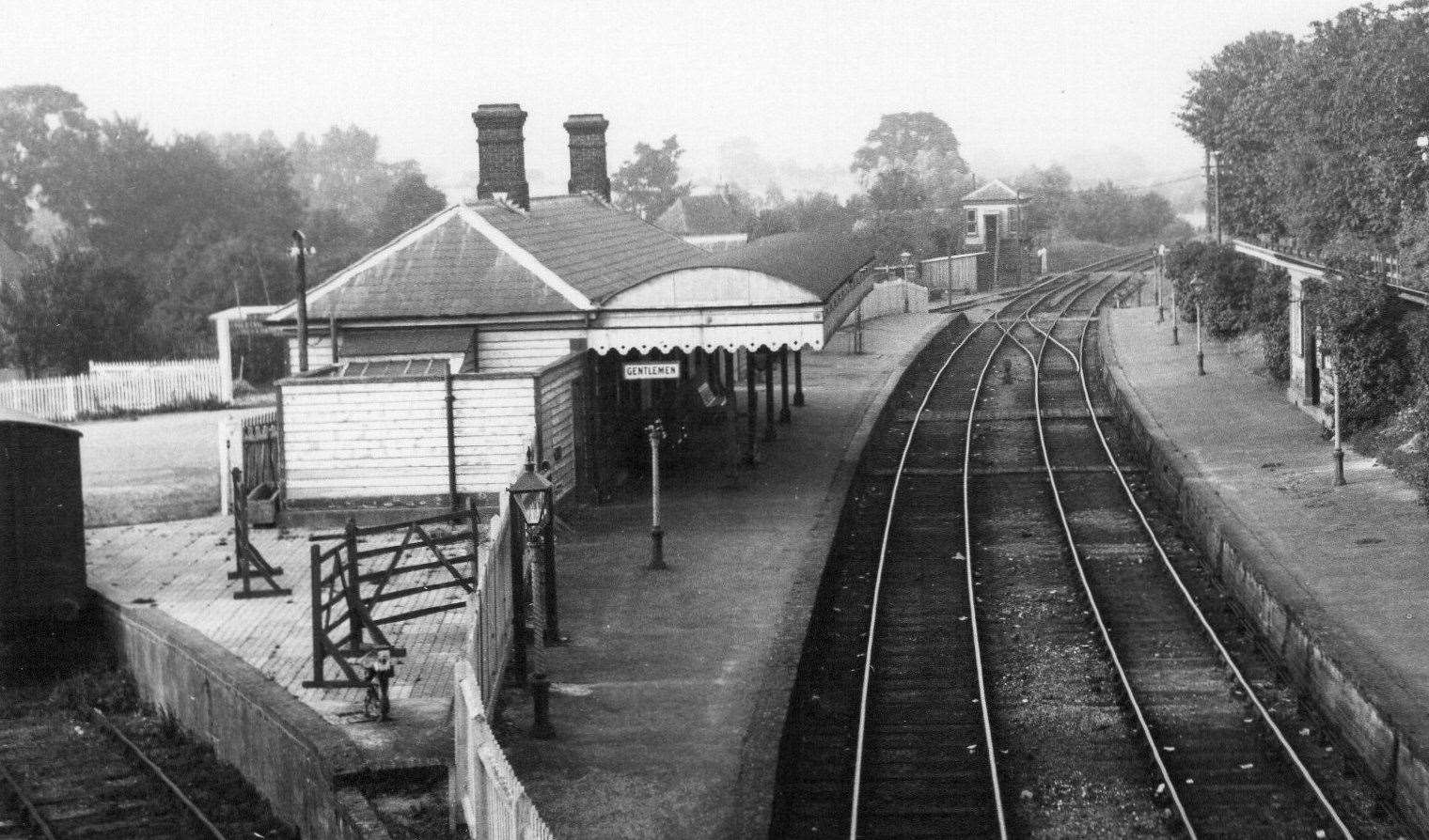
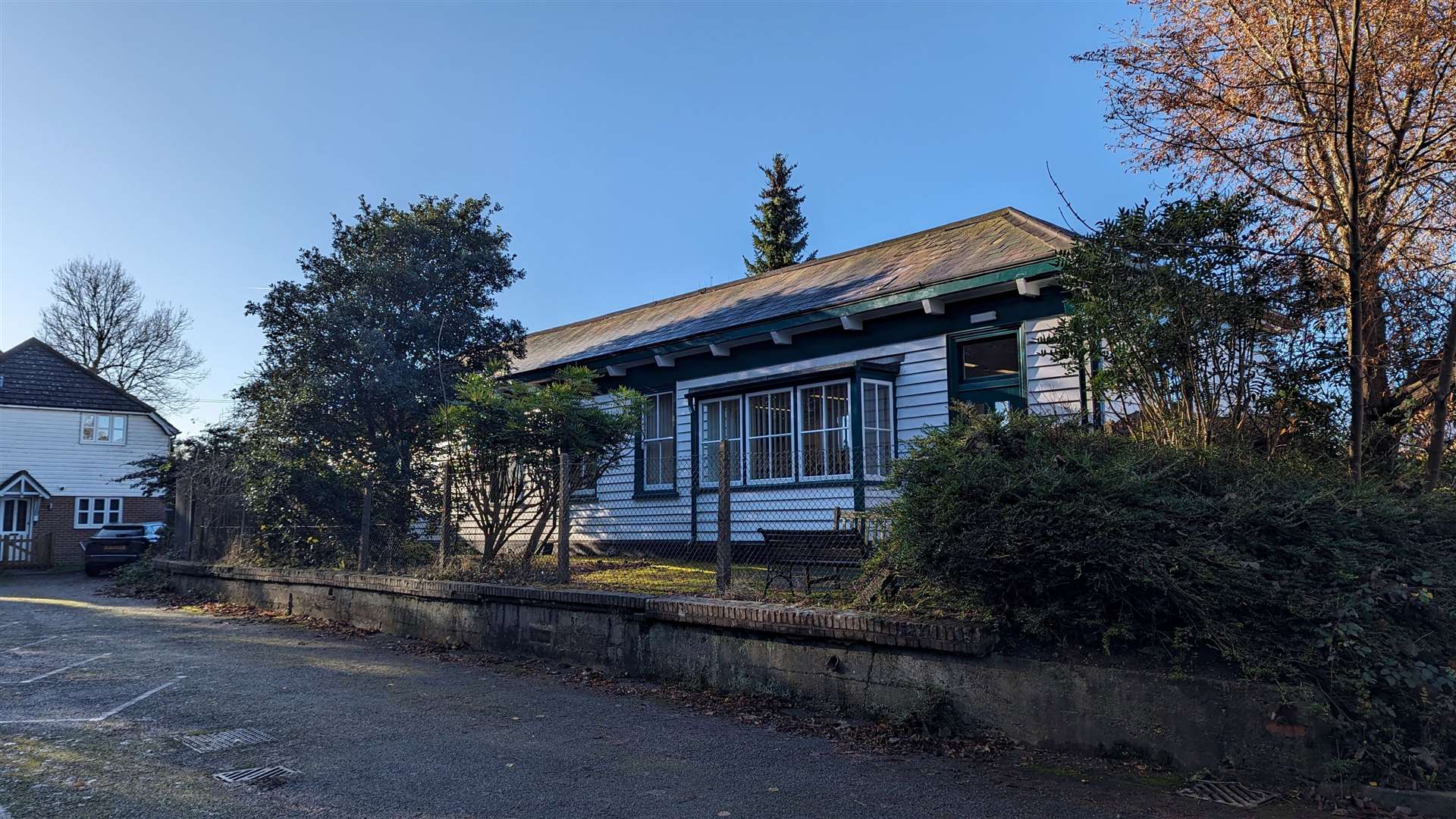
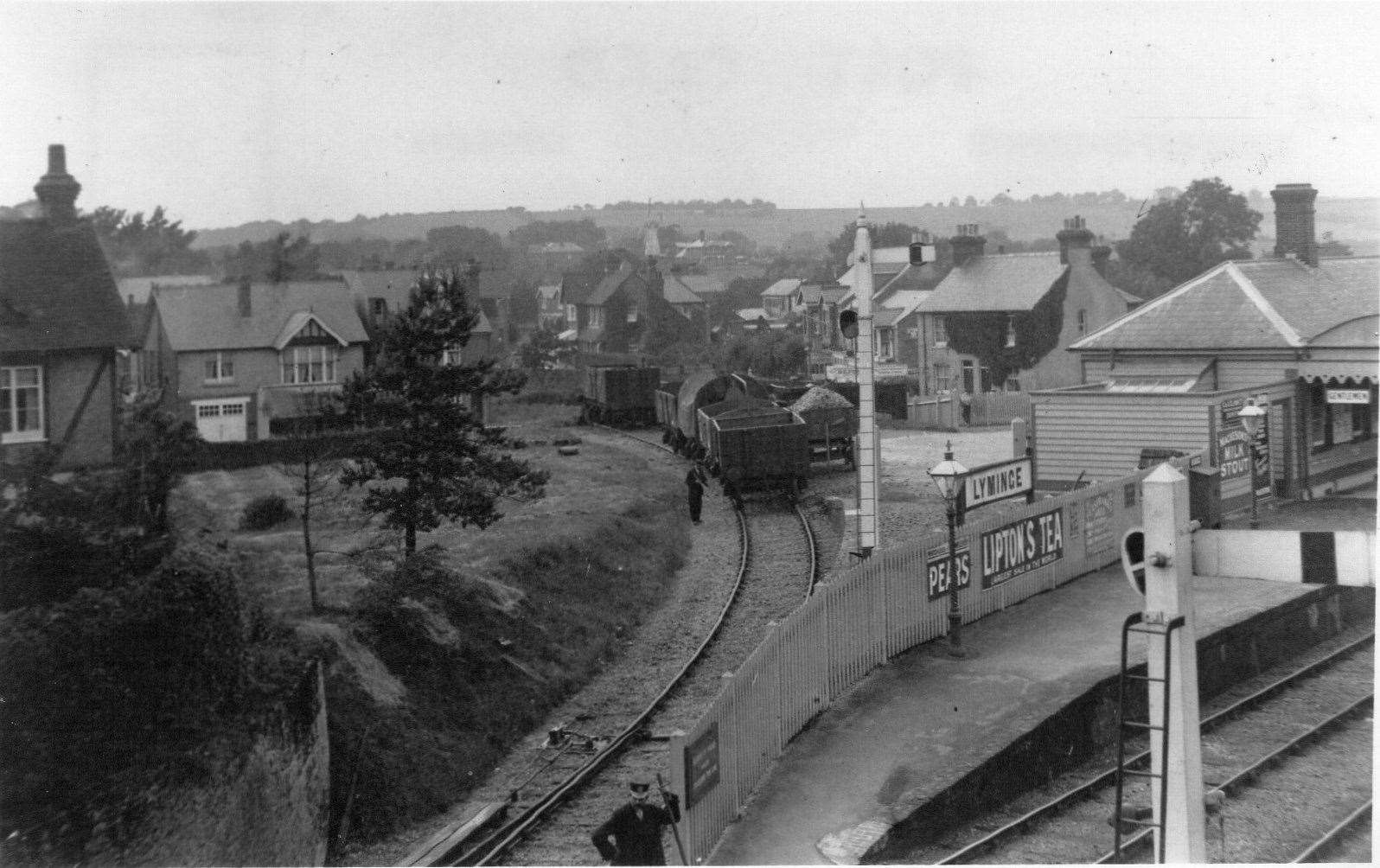
Today it is home to a public library, but to truly appreciate its former purpose I would suggest walking around to the rear. Here a car park occupies the spot where the tracks were once laid, and you can still see the platform where once people would have jumped on and off the trains. It doesn’t take a great leap of imagination to picture the scene as it would have been all those decades ago.
Having lingered for a few moments among the ghosts of railways past, I picked up the route onwards, out of Lyminge and on towards Elham. Here the marked footpath runs in the bottom of the valley, which is a beautiful part of east Kent. Unfortunately, the recent, persistent rain has left the ground absolutely saturated and I am extremely grateful for waterproof footwear.
Things only got more sodden, unfortunately, so I made the decision to deviate from the Elham Valley Way itself, heading up the western side of the valley towards the main road where I could be more certain of my step and less likely to arrive at my destination trailing water everywhere I went.
Eventually the road led me into Elham, which is a very charming village roughly halfway up the valley between Folkestone and Canterbury. By this point I had been ambling along for a couple of hours or so, and was on the lookout for somewhere warm where I could grab a bite to eat.
I was keen to visit the Kings Arms, situated on the pretty square at the heart of the village. The pub had recently reopened after a massive facelift and, having been in for a beer occasionally over the years, I was interested to see how the place had changed.
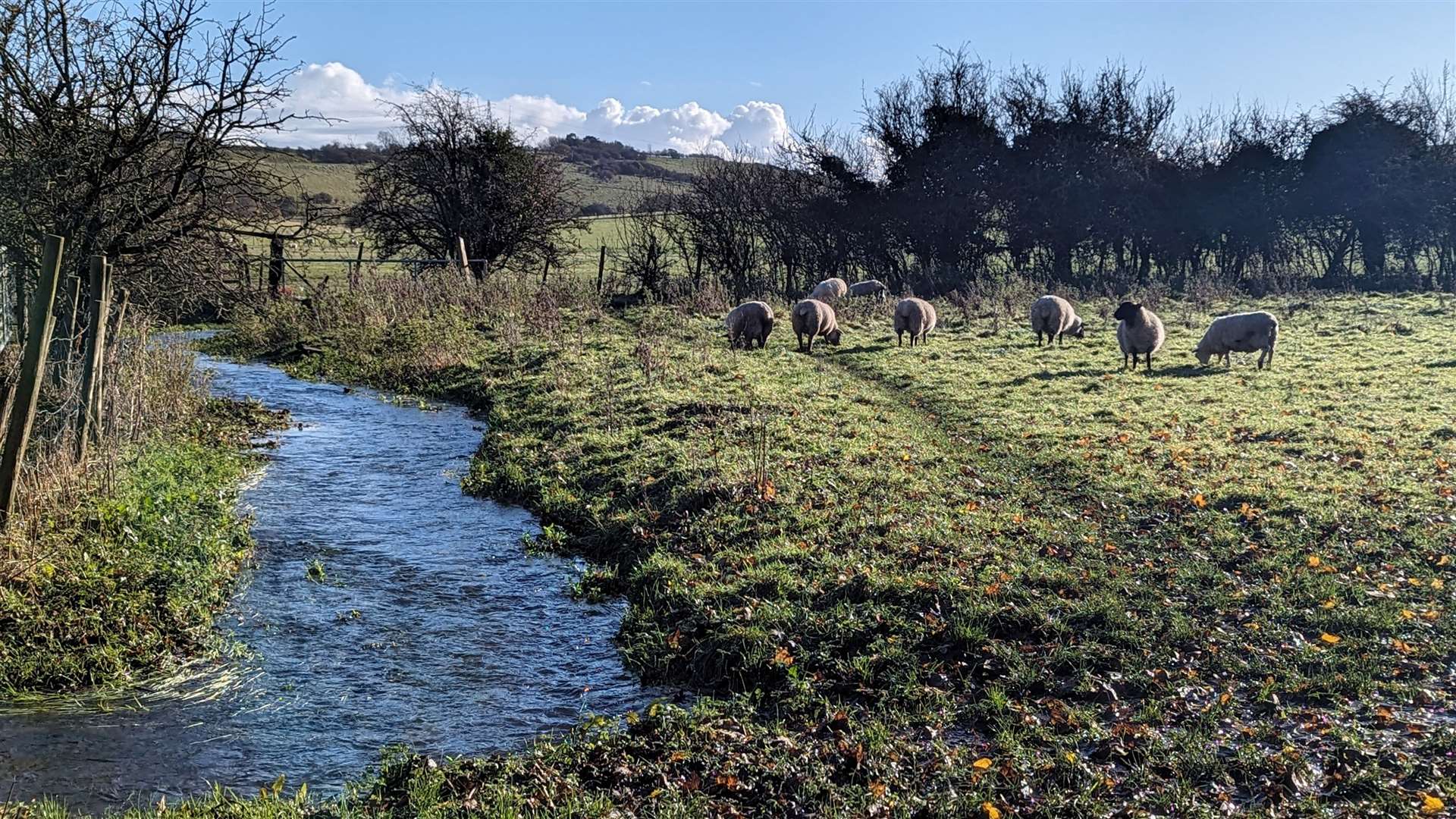
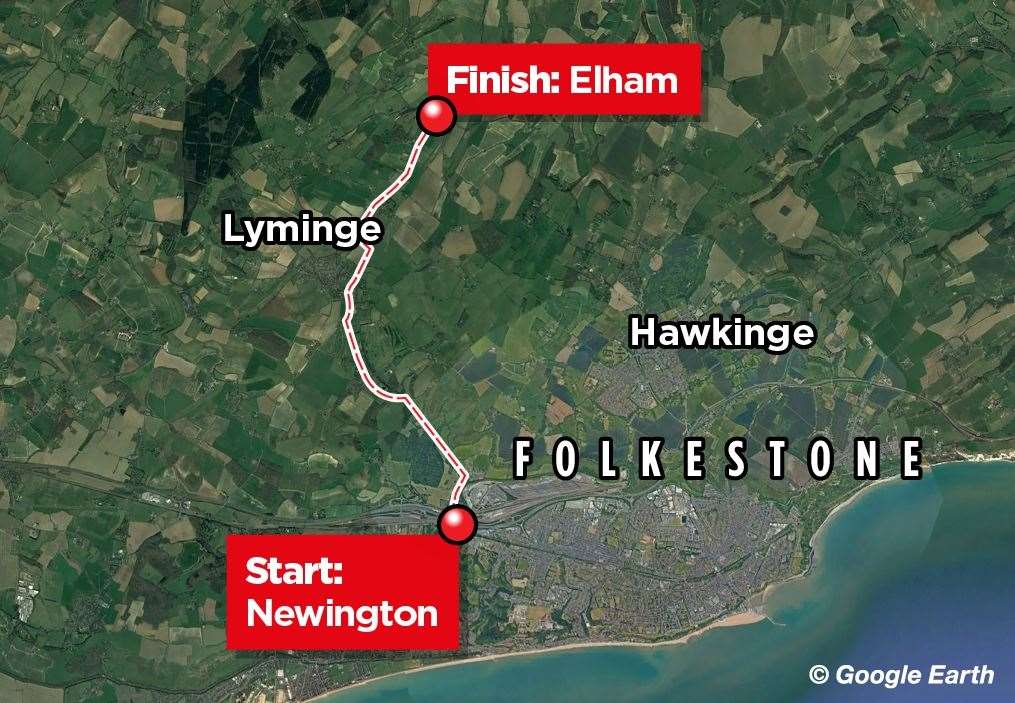
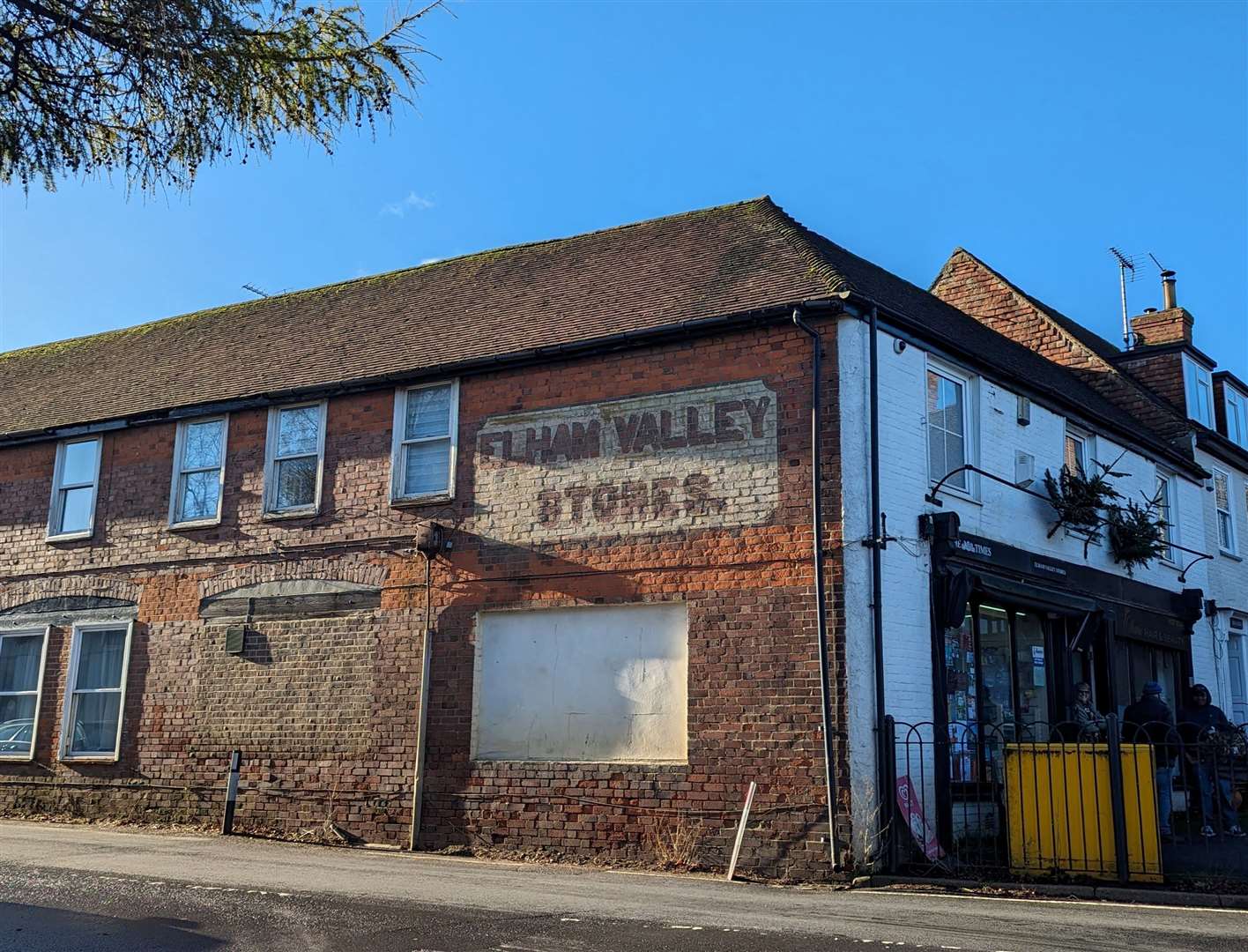
There was a warm welcome in more ways than one – friendly faces at the bar and roaring fires burning in specially-converted brewing tuns. I was introduced to owner Will Sheldon, and he gave me a quick tour around the place, pointing out all the various pieces of refurbishment and expansion which have breathed new life into this much-valued local.
After being shown to a table in a cosy little nook, I asked Will what he would recommend from the menu. His recommendations of a scotch egg and the game pie proved to be spot on, perfect fare after a few hours walking through the crisp, cold countryside to reach his door.
Polishing off the pie and feeling very content indeed, I reflected on a very successful morning’s walking. The Elham Valley Way is a great little countryside route, the surroundings are splendid and history buffs will get a kick out of seeking out the remains of one of the county’s lost railways.

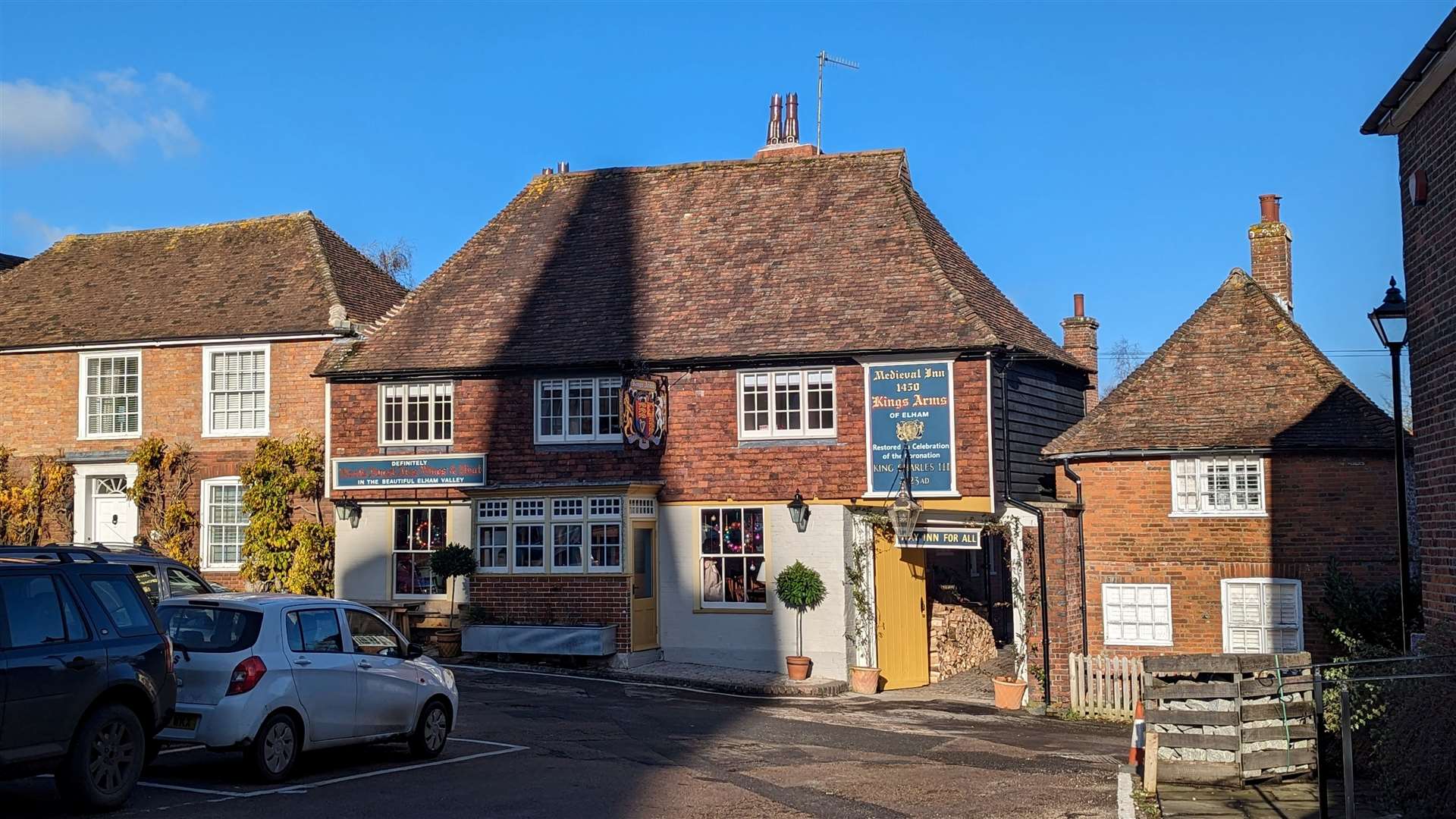

A warm welcome at a fine country pub is not a bad way to round things off, either. All in all, highly recommended – just make sure you come equipped with the right footwear and a map which hopefully you’ll actually pay attention to.